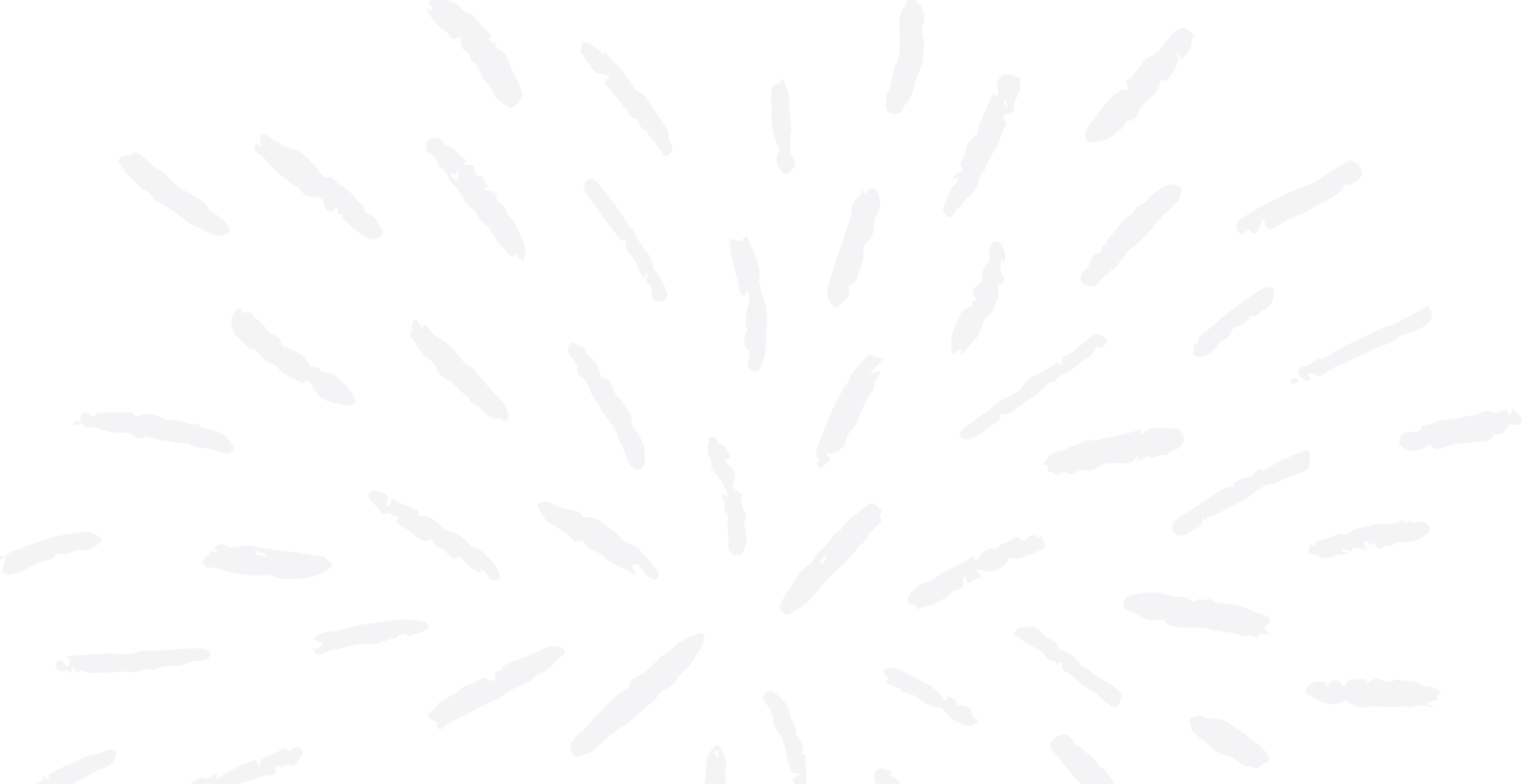Anatomy is the branch of medicine concerned with the study of the structure and function of the organisms. As an academic field of study, anatomy involves the study of human organs and their structural relationships with one another. Moreover, anatomy could involve embryology and phylogeny which is categorized as a part of evolutionary biology. As one of the most fundamental basic sciences, anatomy is divided into macroscopic (grass anatomy) and microscopic (histology) branches. Macroscopic anatomy deals with the examination of the human body using unaided eyesight. Conversely, microscopic anatomy involves the study of the human body in the micro level which is known as histology in medicine. The history of anatomy distinguishes it from other sciences for the ups and downs (confrontational attitude of human beings concerning anatomy) researchers confronted in the understanding of the organs of the human body. Moreover, anatomy has been a progressive science utilizing new technologies, including medical imaging devices, MRI and ultrasound in the dissection of corpses.
The Historical Timeline of Anatomy:
275 BC: Herophilus dissected several bodies in Alexandria, Egypt.
150 AD: Galen dissected cows, monkeys and gorillas, and then wrote a book on human anatomy.
600-1100: Galen’s anatomical knowledge faded into oblivion in Western Europe, but it was retained in Byzantium and eastern territories, including Iran.
1100-1500: Galen’s books on anatomy were translated into Latin.
1235: The first European medical school was founded in Salerno, Italy. Human bodies were publicly dissected in this school.
1316: Mondino de’Liuzzi publicly staged dissections in Bologna, Italy. He wrote a book entitled Anatomia.
1450: Gutenberg invented movable type and presented it to the world.
1490: The Anatomical Theatre of Padua opened in Italy.
1491: The first illustrated medical book, entitled Fasciculus Medicinae, was written by Johannes de Ketham in Venice.
1500-1540: The first illustrated book of anatomy was published.
1510: Leonardo da Vinci made anatomical drawings while observing dissected bodies.
1543: The first masterpiece on anatomy, entitled De Humani Corporis Fabrica, was written by Andrears Vesalius.
1670s-1690: Jan Swammerdam made the first anatomical specimens for the anatomy museum, and then the initial movements towards anatomical realism were inaugurated. The first academy of art was founded, and anatomy became an essential part of medical curriculum.
1600-1900: Anatomy plays a pivotal role in medical education and research.
Head of the Department: Dr. Majid Tavafi
Deputy for Education: Ahmad Tamjidipoor
Deputy for Research: Dr. Jafar Rezaian
|
Name |
Academic rank |
Research Interests |
CV |
|
Dr. Majid Tavafi |
professor |
biology of the kidney |
CV |
|
Dr. Jafar Rezaian |
assistant professor |
anthropological biology, neuroanatomy, the history of medicine, the philosophy of medicine |
CV |
|
Dr. Leila Zarei |
associate professor |
reproductive biology |
|
|
Dr. Mandana Beigi |
associate professor |
reproductive biology |
CV |
|
Dr. Farzaneh Chehelcheraghi |
assistant professor |
regenerative medicine |
CV |
|
Dr. Asghar Jajabzadeh |
assistant professor |
reproductive biology |
CV |
|
Ahmad Tamjidipoor |
instructor |
bone biology |
|
|
Dr. Ali Rashidiani Rashidabadi |
assistant professor |
|
CV |
Contact Us:
Address: Department of Anatomy, School of Medicine, Lorestan University of Medical Science, Kamalvand Campus, Khorramabad, Iran.
Phone Number: +98-066-33120133
Fax Number: +98-066-33120133

انتخاب حالت کور رنگی
سرخ کوری سبز کوری آبی کوری سرخ دشوار بینی سبز دشوار بینی آبی دشوار بینی تک رنگ بینی تک رنگ بینی مخروطیتغییر اندازه فونت:
تغییر فاصله بین کلمات:
تغییر فاصله بین خطوط:
تغییر نوع موس:
تغییر نوع موس:
تغییر رنگ ها:
رنگ اصلی:
رنگ دوم:
رنگ سوم:

